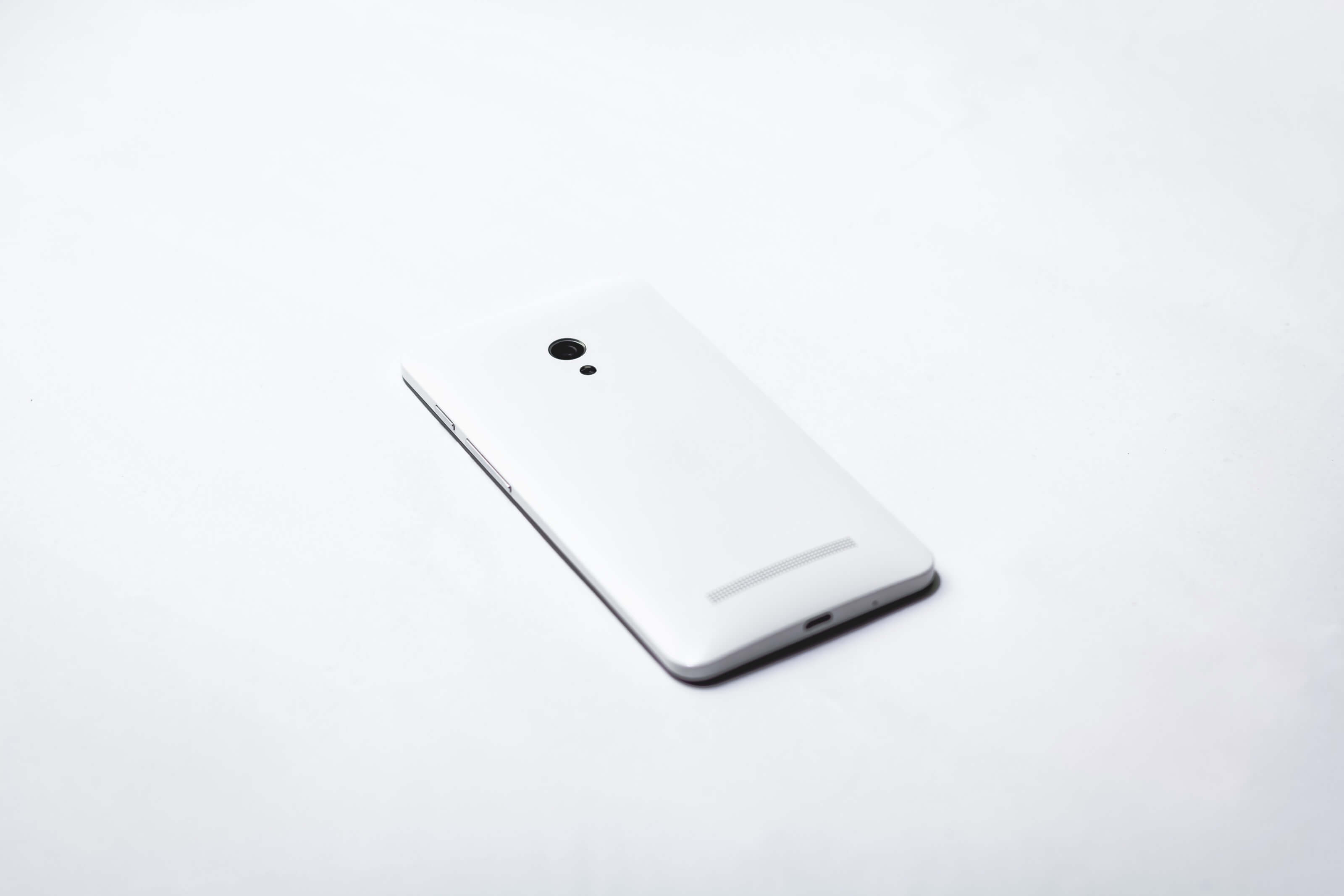We're a few weeks into 2018, MWC is now behind us, and we're starting to get a good look at the trends in mobile technology that will dominate discussion throughout the year. Based on what we've seen from announcements, trade shows and product launches so far, here are six trends to watch in 2018.
The Smartphone Processor is Irrelevant
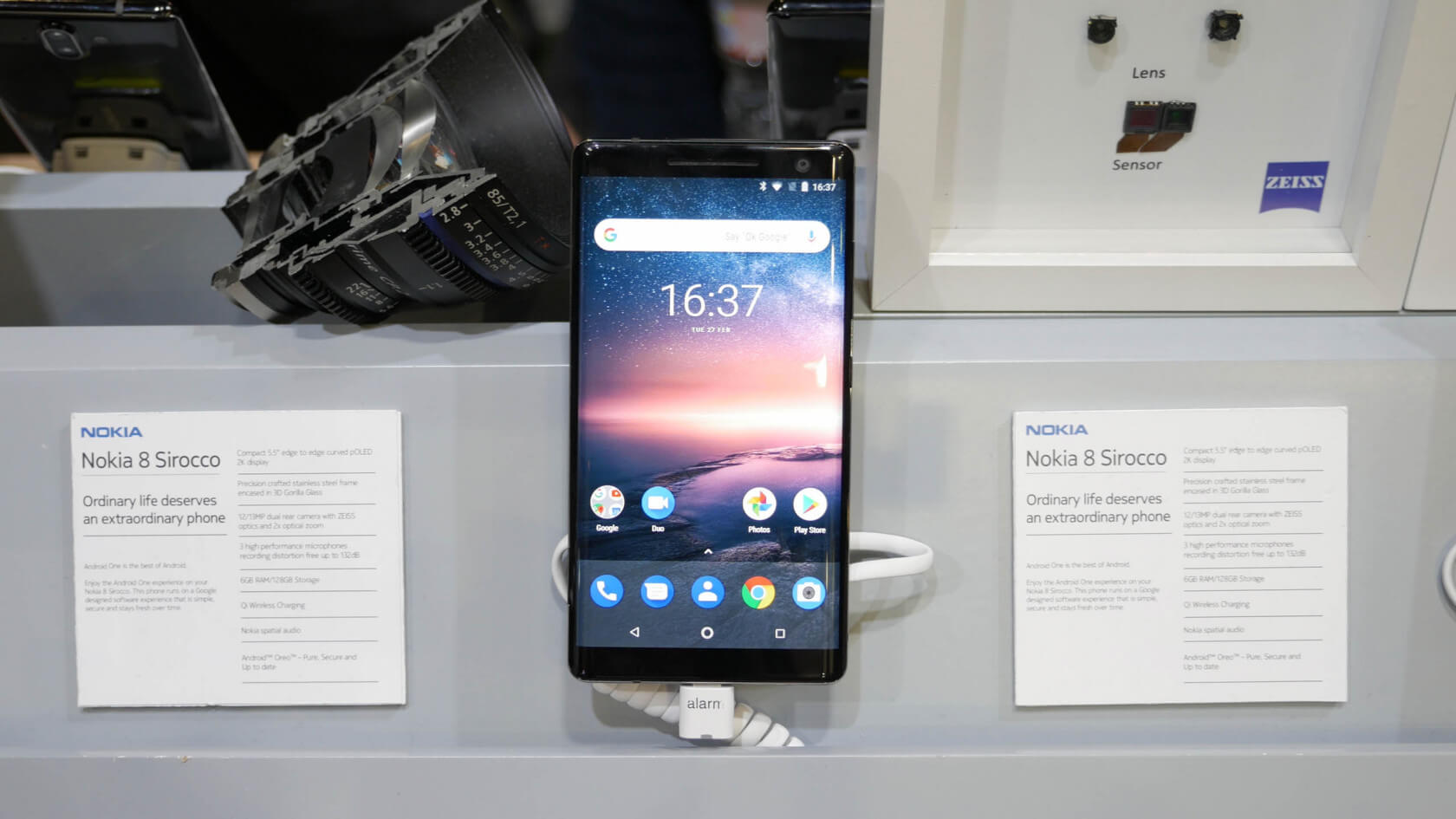
During this year's smartphone reveals, barely anyone was talking about the processors in their latest smartphones. In Samsung's hour-long launch event for the Galaxy S9, they completely glossed over the inclusion of the latest and greatest Snapdragon and Exynos SoCs inside, not mentioning either chip or their capabilities at all. Sony dedicated a few brief sentences on the Snapdragon 845 in their launch of the Xperia XZ2, but focused primarily on Gigabit LTE rather than the performance capabilities of the new CPU and GPU.
Many vendors on the show floor completely omitted the SoC from their information cards alongside their latest devices. Nokia's stand didn't mention the Snapdragon SoCs inside their Android One devices at all. If you wanted to know the hardware inside, you had to ask. Huawei glossed over the use of their Kirin SoCs in their new tablets. ZTE included the information, but spent all of five seconds discussing performance in their MWC press event.
It's quite clear the SoC is no longer a significant talking point. We're now at a place with high-end and even mid-range devices that performance is largely adequate, and we just expect new devices to come with faster processors and beefier graphics. According to companies we spoke with, most consumers don't know or even care what chip is inside their phone, so long as performance is good enough and their new device feels faster to use, so why bother mentioning it?
What was once a central point in discussion surrounding new phones has faded away into irrelevance, only known to a niche audience.
5G NR is Almost Ready
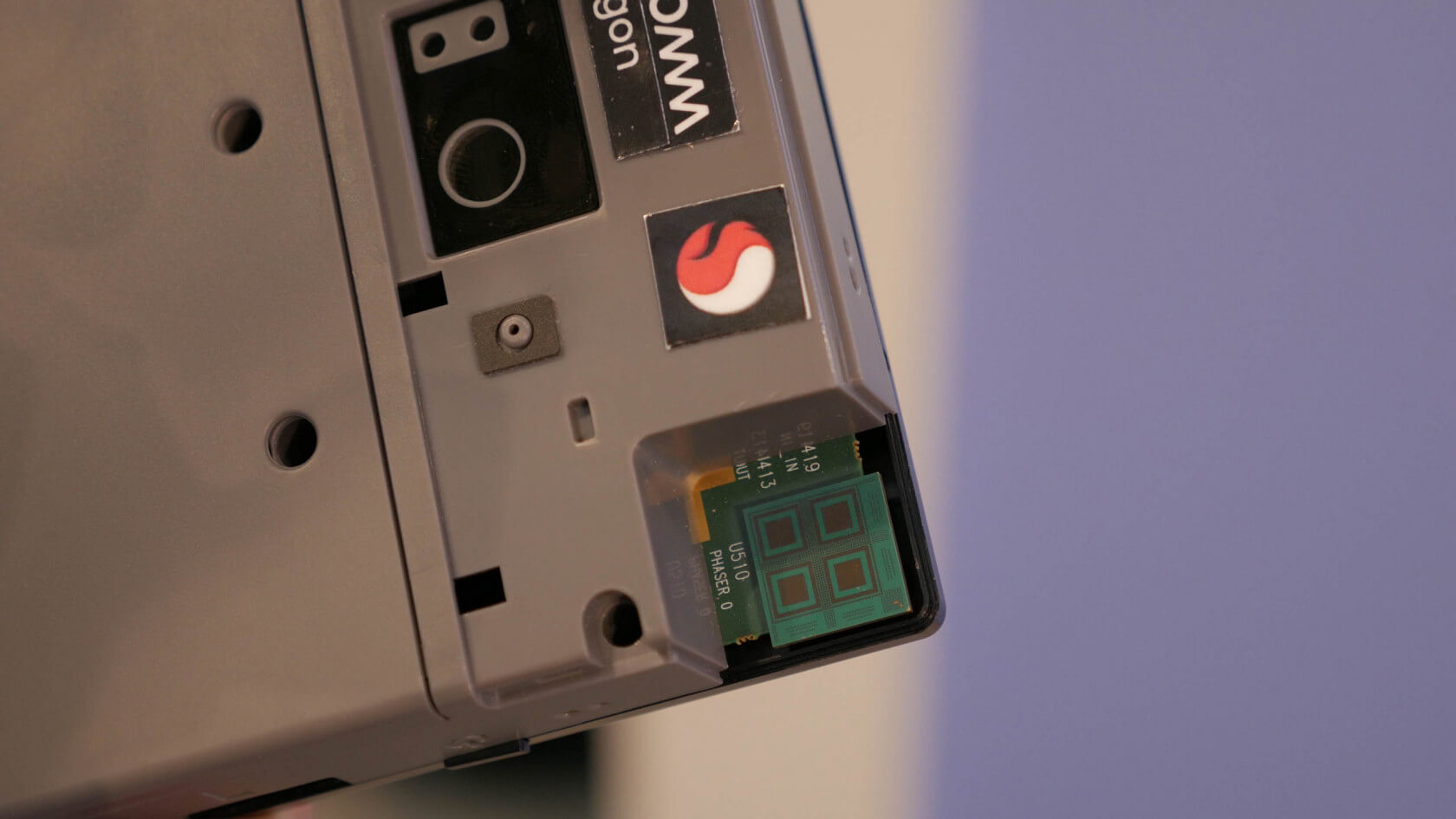
It seems like yesterday that 5G technologies were more of a theory discussed as a futuristic concept than a real-world thing. Well at the start of 2018, that couldn't be further from the truth. 5G NR ('New Radio') technology, as it's now known, is well on track for a 2019 launch, and companies were all over MWC 2018 showing off their 5G strategies and live demos of their modems and other tech in action.
Qualcomm had the most impressive demo, showing off a prototype smartphone connected to an actual 5G mmWave tower performing transfers with throughput over 4 Gbps. Their demo was utilizing the full capabilities of mmWave, and you could even see the small antenna on their prototype. When speaking to Qualcomm, they claimed their technology is right on track for smartphone integration in 2019.
Intel and Huawei were also showing off hardware prototypes, though less impressive. Intel had a weird tablet capable of streaming a not particularly intensive 4K video over 5G, while Huawei were showing off modem technology that wasn't at the same compact level as Qualcomm. That said, both companies are well in the 5G tech race, along with many others.
5G NR encompasses a combination of technologies that evolve on 4G LTE, built around two spectrum bands: sub-6 GHz and mmWave (above 24 GHz). Through increased spectrum chunks - up to 100 MHz, and in the case of mmWave, 8x carrier aggregation - and cool tech like beam forming and beam tracking, throughput and efficiency can be greatly improved over 4G. Bring on 2019!
Slim Bezel Displays Will Be Everywhere
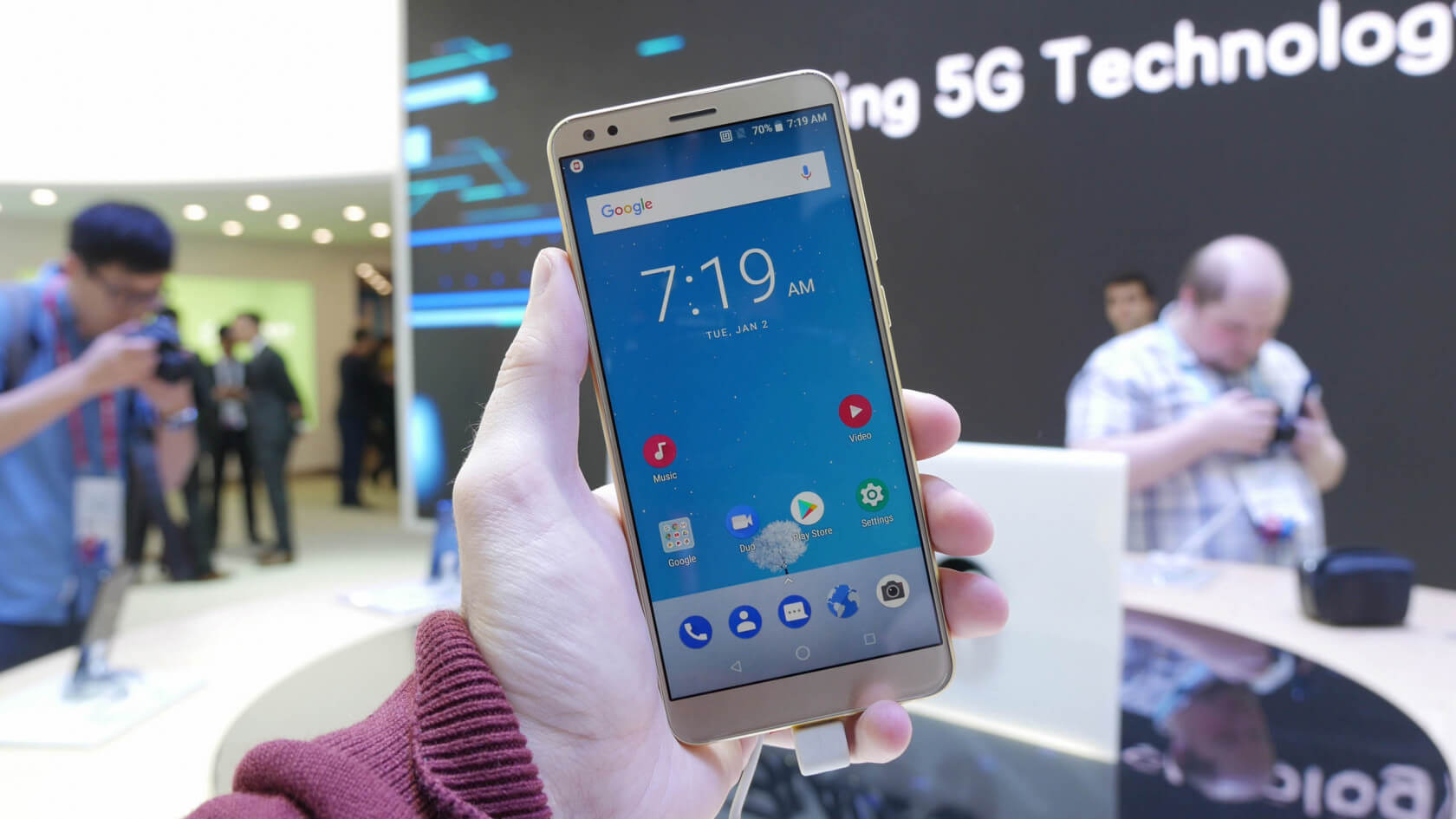
Normally it takes a couple of years for high-end technology to filter down to budget smartphones. Not with slim bezel displays, which have already begun appearing in lower-tier devices launched this year. With new 18:9 (2160 x 1080) panels, it's easy for manufacturers to implement cost-effective tall displays in their entry-level products.
You can expect to see these sorts of displays in many phones across most product categories, from sub-$200 handsets to premium devices. Companies are eager to fall into line with the latest trends and hit up those marketing buzzwords: slim bezels and 18:9 displays are all the rage, so screen to body ratio will dominate discussion. Companies that don't use expansive displays or slim down their bezels may fail to capture the attention of consumers after the best viewing experience.
ZTE and Nokia headlined the slim-bezel brigade with their mid-tier Blade V9 and 7 Plus handsets respectively, both of which use 18:9 displays. The €180 Blade V9 Vita also includes an 18:9 display, plus of course Sony slimmed down their bezels for the first time ever with the Xperia XZ2. Huawei made headlines with a slim-bezel laptop, the Matebook X Pro... the list goes on.
Where phones with slim bezel displays stood out from the pack last year, in 2018 those without will be the odd ones out.
Huawei - Yes, Huawei - Has Set the Bar for Laptops in 2018
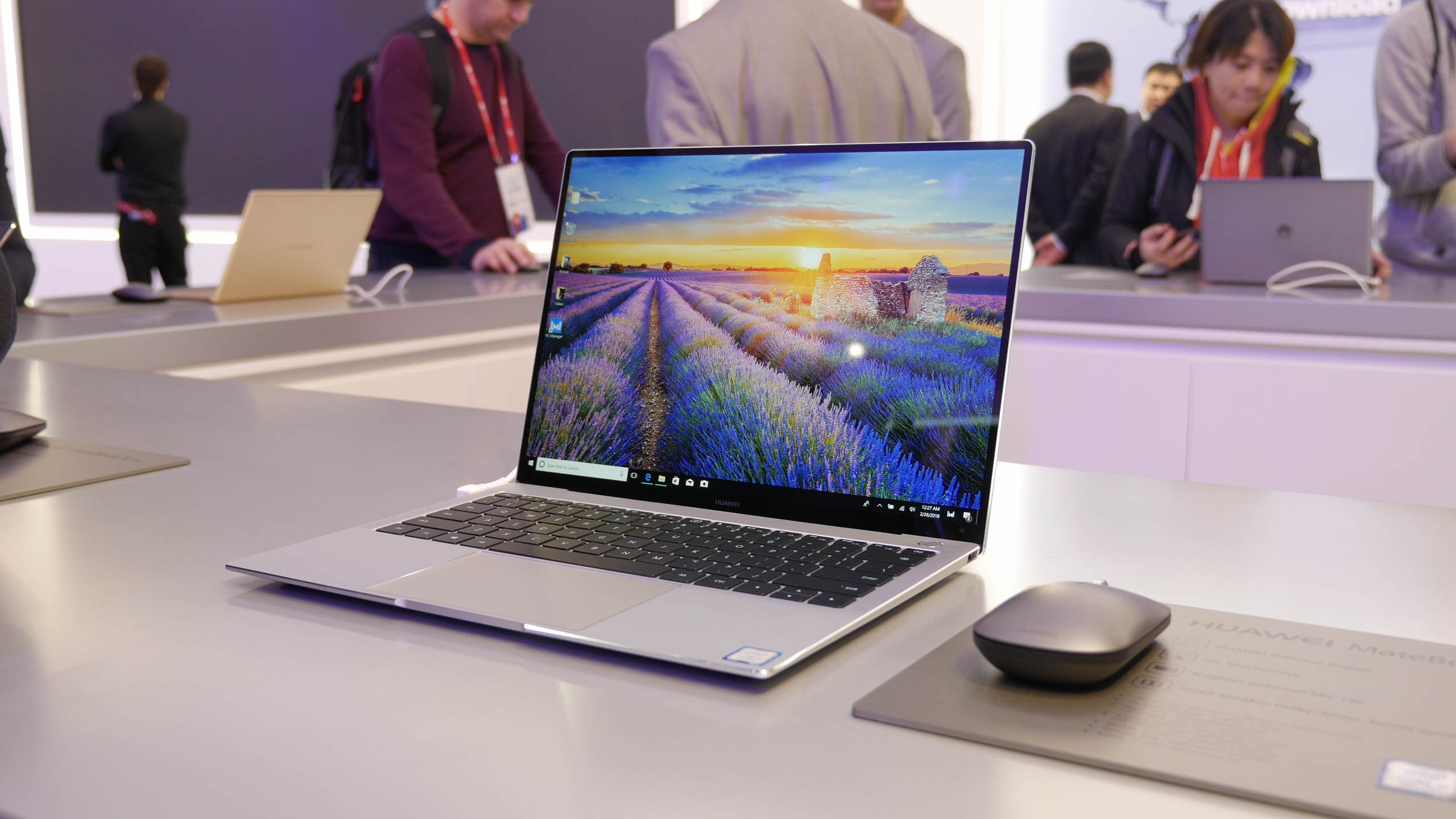
While we don't normally see the bulk of laptop launches until later in the year, Huawei has set the bar high and early with their astonishing Matebook X Pro. This is a product that will take some serious beating in 2018 - provided it lives up to expectations at the review table - and has firmly established Huawei as a serious player in a market they only entered a few years ago.
The Matebook X Pro is a beautiful, well crafted device. It has an expansive, high-resolution display with the slimmest bezels of any laptop yet. And it backs all that up with both Intel 8th gen CPUs and GeForce MX150 graphics, along with Thunderbolt 3 with USB-C charging, and a standard size 57 Wh battery. It appears to be the perfect mix of performance and beauty without sacrificing battery capacity, though naturally that comes with a high price tag attached.
Do major players like Dell, Lenovo, HP, Acer, Microsoft and Asus have something up their sleeves to challenge a product like the Matebook X Pro? There's not a single laptop on the market that provides what Huawei's laptop provides, and that should put these OEMs on notice.
Companies Want to Copy the Worst iPhone Features
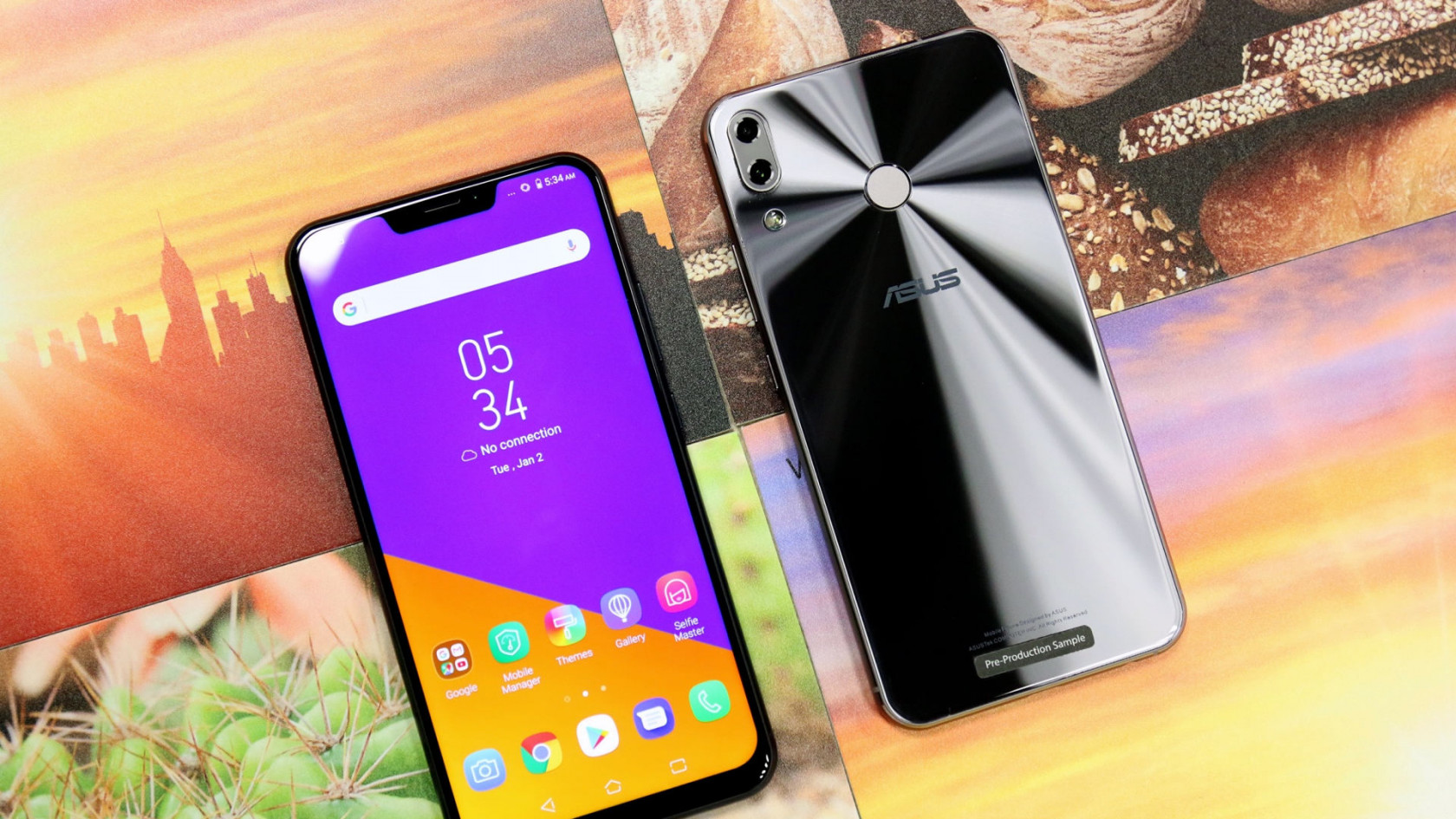
There are a lot of great aspects to the iPhone, which is why it's one of the biggest smartphone launches every year. And like with every great product, there are inevitable copycats that try and repurpose certain elements for their own devices. For some bizarre reason, it seems this year smartphone vendors are intent on copying the worst features of the latest iPhones.
For starters, we'll be getting more iPhone X-like displays with notches whether you like it or not. The Asus Zenfone 5 was one of the bigger launches that bizarrely includes a display notch. It doesn't have the same extensive camera array as the iPhone X, so the notch really isn't a critical feature, but it's there anyway. And it's not just Asus; plenty of second-tier Chinese OEMs and ODMs were showing off notch-screen devices, and behind the scenes LG was allegedly showing off the new G7, again with a notched display.
Of course companies could use the same successful designs we've seen on handsets like the Samsung Galaxy S9 and LG V30, with super slim non-notched displays. But no, they've decided to copy one of the worst features of the iPhone X.
And it's not just the notch that's being copied. More phones are being released without headphone jacks. And when a phone does include a 3.5mm audio jack, it's now a headline feature. Expect more of that this year, too.
You'll also see more animoji rip-offs. Samsung kicked the year off with their clone of the feature, called AR Emoji, on the Galaxy S9 and S9+. Animojis are one of the more gimmicky features included with the iPhone X, so again, rather than copying the best aspects of the latest iPhones (Face ID, for example), we're instead getting uncanny-valley representations of ourselves.
The Pixel 2 Camera Will Be Hard to Catch

In late 2017, the Google Pixel 2 and Pixel 2 XL established themselves as the best smartphone cameras on the market. Going on what we saw at Mobile World Congress, it will be very hard for other manufacturers to catch these top cameras, and it seems some companies aren't even trying.
Take the Sony Xperia XZ2, for example. This flagship smartphone does include many changes and new features, but an overhauled camera is not one of them. The main changes to the camera are HDR video recording and a sharper 1080p 960 FPS slow motion mode. The rest of the hardware and processing seems very similar to its decent, but not amazing predecessor, and that's going to make it hard to challenge the outstanding Pixel 2.
The Samsung Galaxy S9 is in a similar position. They've used largely the same camera hardware as the Note 8 and Galaxy S8, except with the addition of a dual aperture lens and new support for 960 FPS slow motion capture. Now the Note 8 did have a very good camera, but are these minor improvements enough to comfortably dethrone the Pixel 2?
And then there are launches like the LG V30S ThinQ, which touts AI-enhanced camera improvements that largely amount to a slightly improved auto mode. Again, the V30 didn't have a bad camera, but a few minor software tweaks are not really going to cut it.
This is the challenge that a lot of smartphone manufacturers will face in 2018. Will companies look to improve the package as a whole to entice buyers away from the Pixel 2, or invest heavily in the camera in the hopes that will make a difference? It seems some are content to fall behind the Pixel 2, or simply don't have the resources to do so, making minor improvements the main choice.
